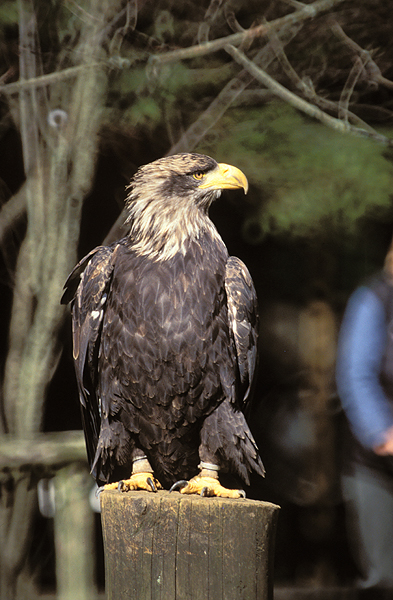For these wide-aperture cats to be worthwhile for "normal" photography, they'll need to have a means of increasing depth of field, and that means having a physical aperture stop-down. The donut effect would vary considerably according to aperture, focal length and subject distance. Consequently the AI correction software would need to recognise different diameters of the "donut hole", and account for different donut diameters and different degrees of donut overlap.With software being able to manipulate OOF areas better and better it is not unthinkable that a software solution can "do away" with the donuts.
Perhaps suitable post-processing software might appear in 10 years time, but I don't think it's anywhere on the horizon yet. Maybe something that NASA or the military might have, but not the general photographic community.
My guess is that if Canon is "actively developing fast mirror lenses", they won't be general sports/wildlife lenses, but are more likely to be for astro or satellite use, where depth of field is less critical due to the much greater subject distances. I'd also guess that the donut effect will be less of a problem, although the astrophotography guys here would be in a better position than I am to answer that one.
Upvote
0


